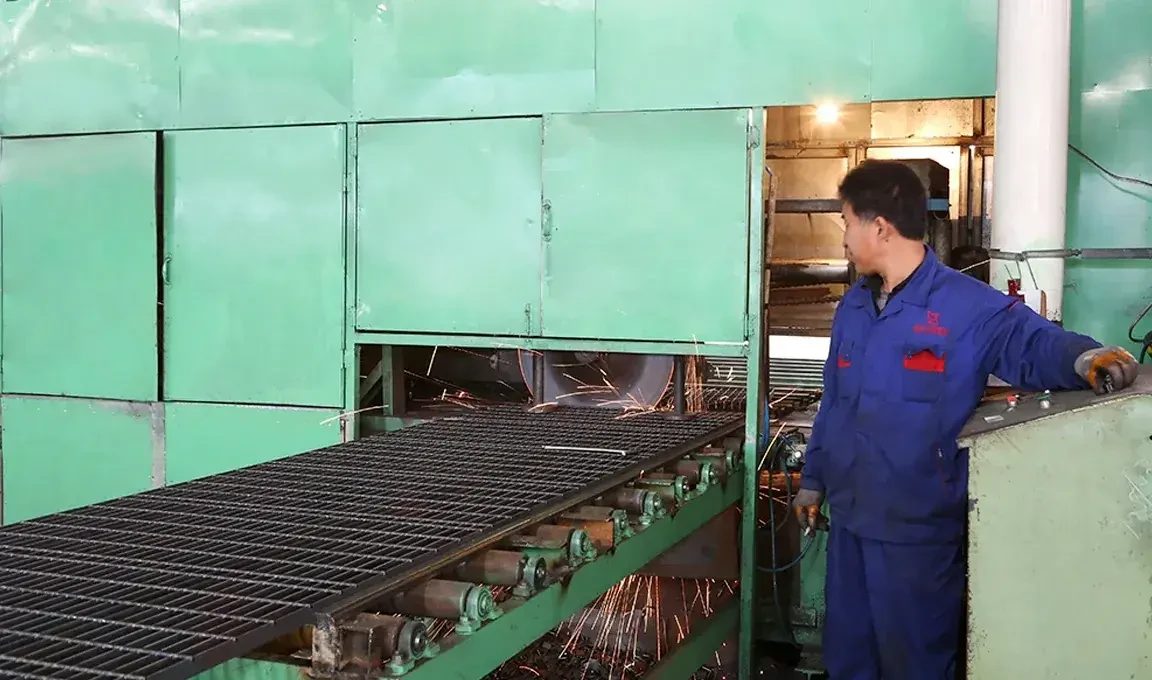Outdoor Sound Barriers An Effective Solution for Noise Reduction
In our increasingly urbanized world, noise pollution has become a significant concern for many people. From the relentless din of traffic to the clamor of construction sites, excessive noise can adversely affect our health and well-being. In response to this challenge, outdoor sound barriers have emerged as a popular and effective solution for mitigating unwanted noise. This article explores the design, benefits, and applications of outdoor sound barriers, shedding light on their crucial role in creating quieter and more peaceful environments.
Understanding Outdoor Sound Barriers
Outdoor sound barriers, often referred to as noise barriers or sound walls, are structures specifically designed to block or deflect sound waves. These barriers are typically constructed from a variety of materials, including concrete, wood, metal, or sound-absorbing composites. The design and height of a sound barrier are significant factors that affect its effectiveness; taller barriers and those with a dense, solid composition tend to perform better in reducing noise levels.
The Anatomy of Sound Barriers
Sound barriers work based on two primary principles absorption and reflection. Absorption involves materials that can soak up sound energy, transforming it into minimal heat, while reflection redirects sound waves. A well-designed sound barrier may utilize a combination of both strategies to enhance noise reduction.
The placement of a sound barrier is critical. Typically erected along highways, railways, and industrial sites, they can also be integrated into residential areas to protect homes from distant noise sources. A common practice is to position them at an angle, which helps in scattering sound waves rather than allowing them to bounce straight back.
Benefits of Outdoor Sound Barriers
The advantages of installing outdoor sound barriers are multifaceted. Firstly, they significantly decrease noise pollution, thereby enhancing the quality of life for those living nearby. By creating quieter zones, sound barriers can lead to improved sleep patterns, reduced stress levels, and better mental health outcomes.
outdoor sound barrier

Secondly, these barriers can increase property values. Homes situated near high-traffic areas are often less desirable due to noise; sound barriers can serve as a buffer, making such properties more appealing to prospective buyers.
Moreover, outdoor sound barriers can promote greater safety, reducing distractions for both drivers and pedestrians. With less background noise, individuals can maintain their focus, contributing to lower accident rates in areas close to busy routes.
Environmental Considerations
While the effectiveness of outdoor sound barriers cannot be overstated, their environmental impact and aesthetics are also essential factors. Modern designs often prioritize both functionality and visual appeal. Many barriers incorporate green elements, such as vegetation, which not only enhances sound absorption but also improves the surrounding landscape. These eco-friendly designs can contribute to local biodiversity and provide habitats for wildlife.
Applications in Various Settings
Outdoor sound barriers find applications in numerous settings. In urban areas, they are commonly installed alongside highways, busy roads, and rail tracks. Additionally, they can be utilized in construction sites to minimize disruption to surrounding neighborhoods.
In residential developments, particularly those near commercial zones or transport infrastructures, sound barriers can serve as effective shields. Parks and recreational areas may also benefit from these structures, allowing for quieter and more enjoyable outdoor experiences.
Conclusion
In conclusion, outdoor sound barriers play a vital role in combating noise pollution in our modern society. With their ability to reduce noise, enhance property values, and promote safety, they are an indispensable tool for urban planning and residential development. As communities continue to shield themselves from the cacophony of city life, the importance of thoughtful sound barrier design will only grow, ensuring that future generations can enjoy a quieter, more serene environment. Investing in these structures is not just a means of noise reduction; it is a step toward healthier, more livable spaces.
-
Why Galvanized Trench Cover Steel Grating Resists Corrosion
NewsJul.10,2025
-
The Versatility and Strength of Stainless Expanded Metal Mesh
NewsJul.10,2025
-
Load Calculations in Steel Grating Platforms
NewsJul.10,2025
-
Keeping Pets and Kids Safe with Chicken Wire Deck Railing
NewsJul.10,2025
-
Hole Diameter and Pitch for Round Perforated Metal Sheets
NewsJul.10,2025
-
Aluminium Diamond Mesh in Modern Architecture
NewsJul.10,2025
Subscribe now!
Stay up to date with the latest on Fry Steeland industry news.

